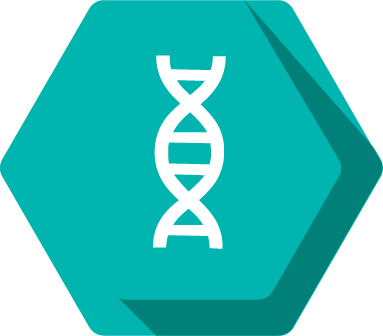Isabel Dziuba

Pronouns: she/her
Research Mentor(s): Yang Zhang, Professor
Research Mentor School/College/Department: Department of Computational Medicine & Bioinformatics, Michigan Medicine
Presentation Date: Thursday, April 22, 2021
Session: Session 5 (3pm-3:50pm)
Breakout Room: Room 17
Presenter: 4
Abstract
Protein-protein interactions (PPIs) are physical contacts between two or more protein molecules. The field of structural homology-based PPI prediction, has generally accepted that the interface region of the complex structure matters more than the global structure of proteins in predicting PPIs, although our preliminary data suggests otherwise. A study was undertaken to investigate the influence of the protein interface in predicting PPIs, using a tweaked version of TMalign. This edited version of the algorithm allows a weighting factor to be applied to specific residues, the interface residues, in these experiments. This study consists of experiments using different weighting values, each of which will be done on three sets of query data. The three data sets are: 1. pairs of proteins that are known to have positive interactions, 2. pairs of proteins that are said to not interact with one another, and 3. a randomized data set. The latter two will allow us to confirm the results of non-interactions. Once each query protein is aligned to the structural homologs in the database, the score can be calculated and then all scores will be sorted to determine the cutoff for classifying predicted positive interactions. The results allow us to determine how impactful the interface is in predicting whether two given proteins will interact or not. Additionally, it will either confirm or deny the long standing assumption that only the interface matters.
Authors: Isabel Dziuba
Research Method: Computer Programming







